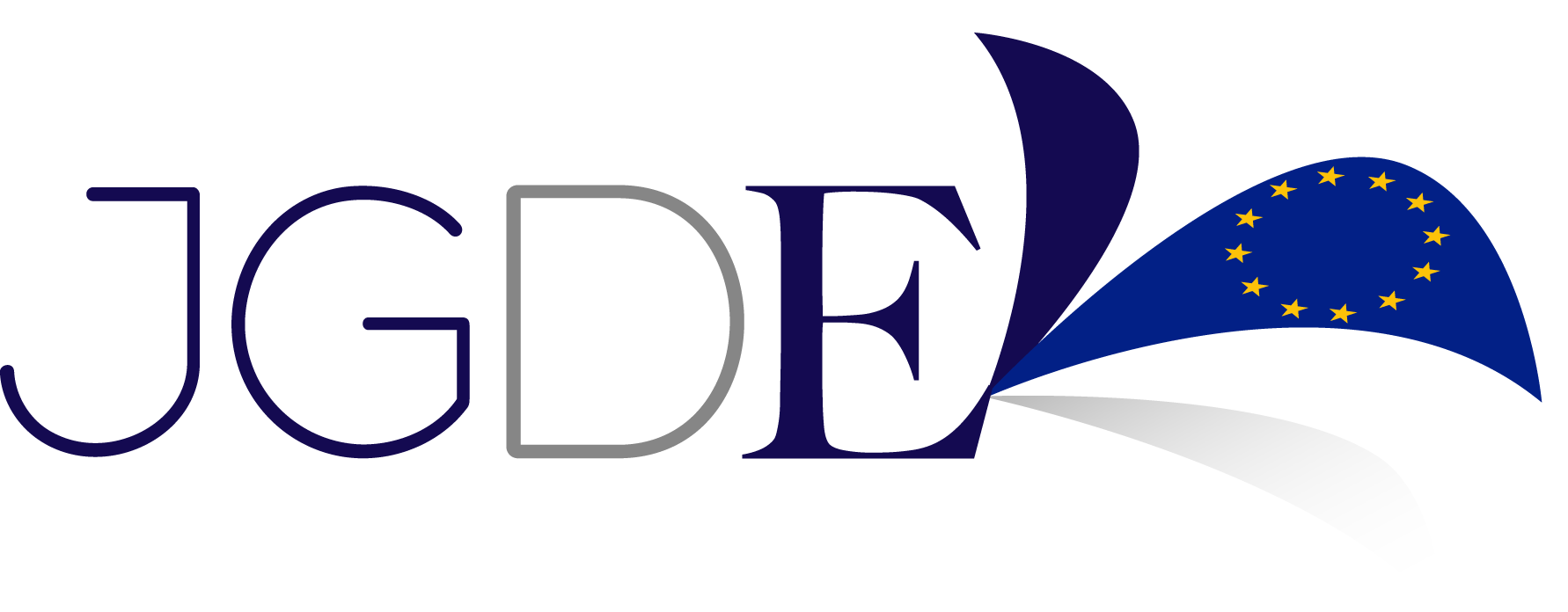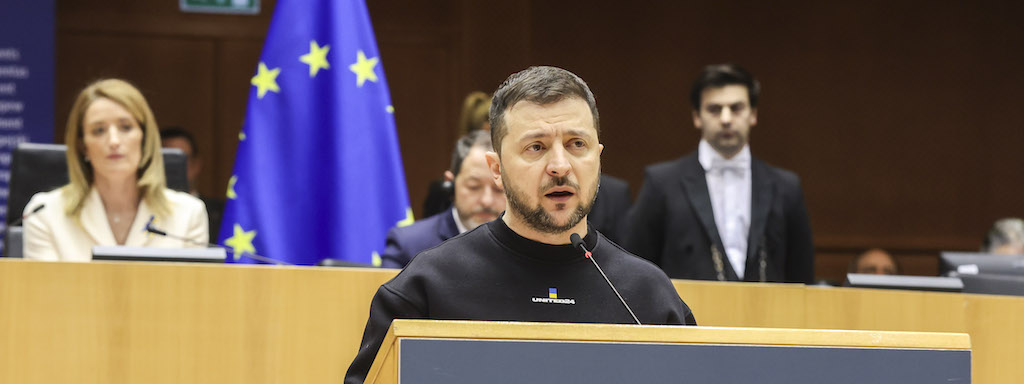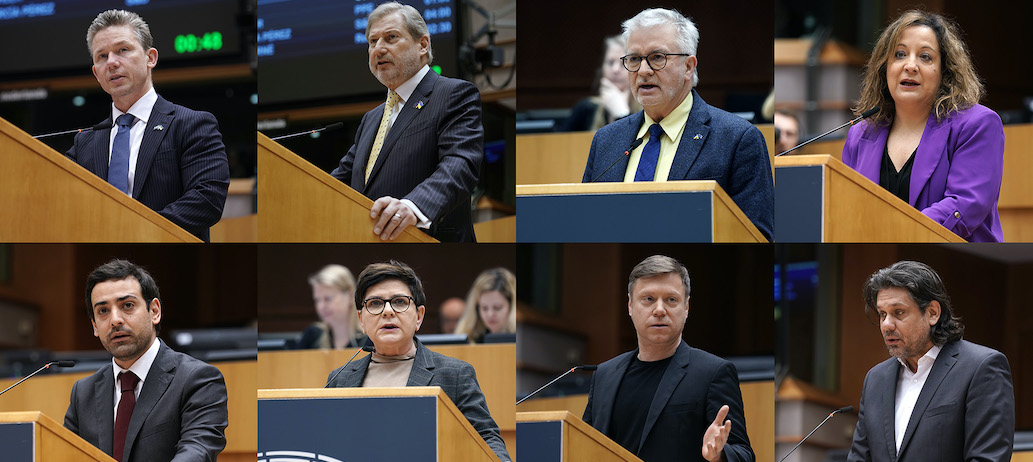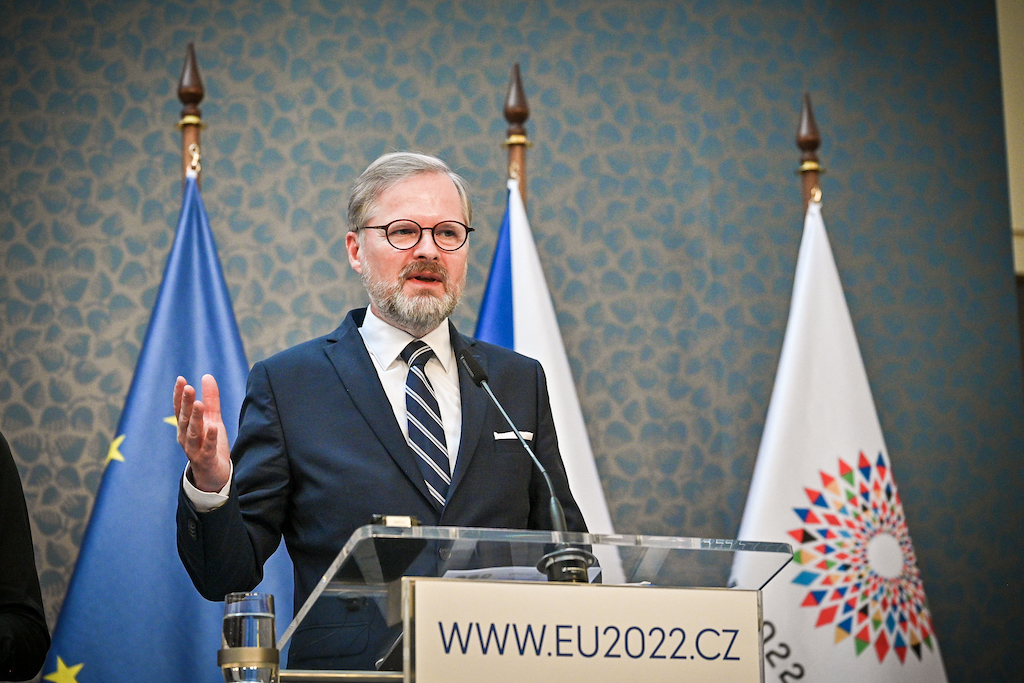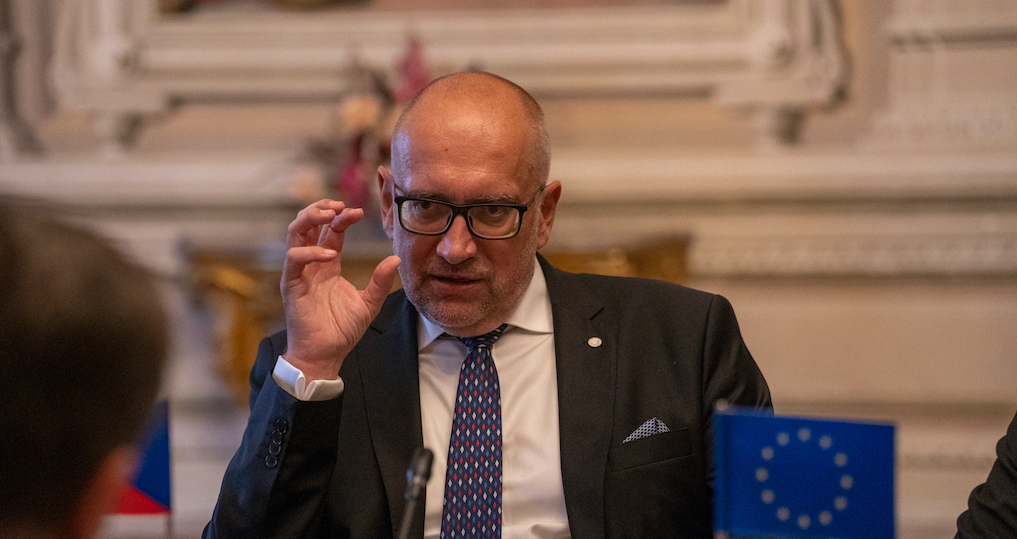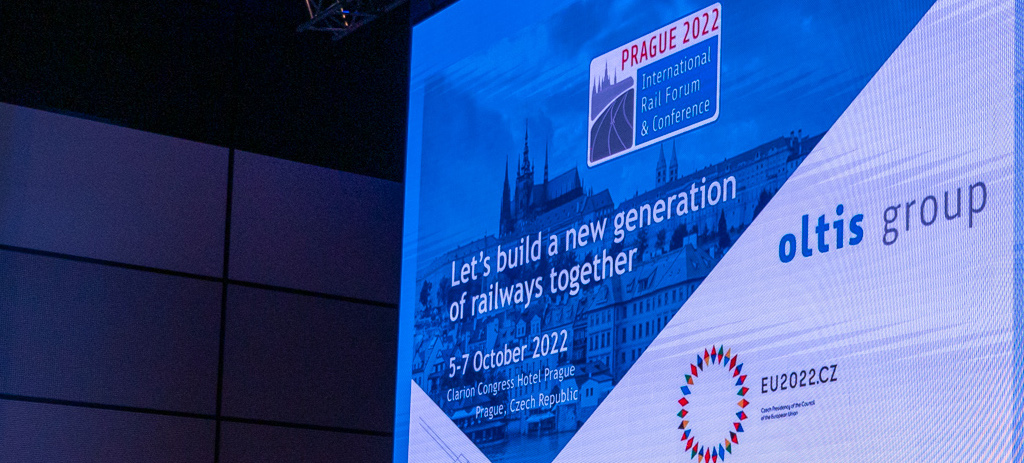- increasing energy performance of both new and existing buildings
- supporting deployment of electric charging infrastructure
- national renovation strategies and smartness indicator
MEPs set goal of near zero-energy buildings in the EU by 2050, following December 2017 EP-Council deal, backed by the full European Parliament on Tuesday.
The updated legislation, voted through with 546 for, 35 against and 96 abstentions, requires member states to develop national long-term strategies to support cost-saving renovation of public and private buildings, with a view to reducing emissions in the EU by 80-85% compared to 1990 levels.
These long-term goals to renovate the existing building stock ensure investment certainty and new financing tools for citizens and businesses, say MEPs.
The national strategies will provide roadmaps to a highly decarbonised national building stock by 2050, with indicative milestones for 2030 and 2040, and measurable progress indicators will have to be put in place to monitor the implementation of the national strategies.
Supporting electro-mobility
The new directive will introduce electro-mobility requirements for new buildings and those undergoing major renovations, such as the location of at least one recharging point for electric vehicles in buildings with more than ten parking spaces. It will also require the installation of cabling infrastructure for recharging electric vehicles.
Smart tools to increase energy efficiency
The text introduces the “smart readiness indicator”, a new tool to measure the ability of buildings to improve their operation and interaction with the grid, adapting energy consumption to the real needs of the occupant. The European Commission will have to develop this concept by the end of 2019.
New buildings and existing ones, where heat generators are replaced, must have automated devices to regulate temperature levels, while rules on inspection of heating and air conditioning systems and building automation were tightened up.
Quote
Bendt Bendtsen (EPP, DK) rapporteur, said: “The successful revision of the buildings directive is a clear signal that we are serious about our international climate commitments and about completing the Energy Union. Buildings have a fundamental role to play in these efforts: we set a clear direction for improving our buildings in Europe. We will give investors certainty that energy renovation is an area of priority for the future.”
-
Buildings consume most energy in Europe, absorbing 40% of final energy.
-
Approximately 1% of buildings are newly constructed each year, and three out of four European buildings are energy-inefficient.
-
The construction industry generates about 9% of European GDP and accounts for 18 million jobs.
Next steps
Once approved by the Council, the updated Energy Performance of Buildings Directive will be published in the EU Official Journal and will enter into force 20 days after publication. The transposition period for these new rules into national legislation is 20 months.
The updated directive for Energy Performance of Buildings (EPBD) is the first of the eight legislative proposals of the Clean Energy for All Europeans package launched in November 2016 to be approved by the Parliament in first reading.

